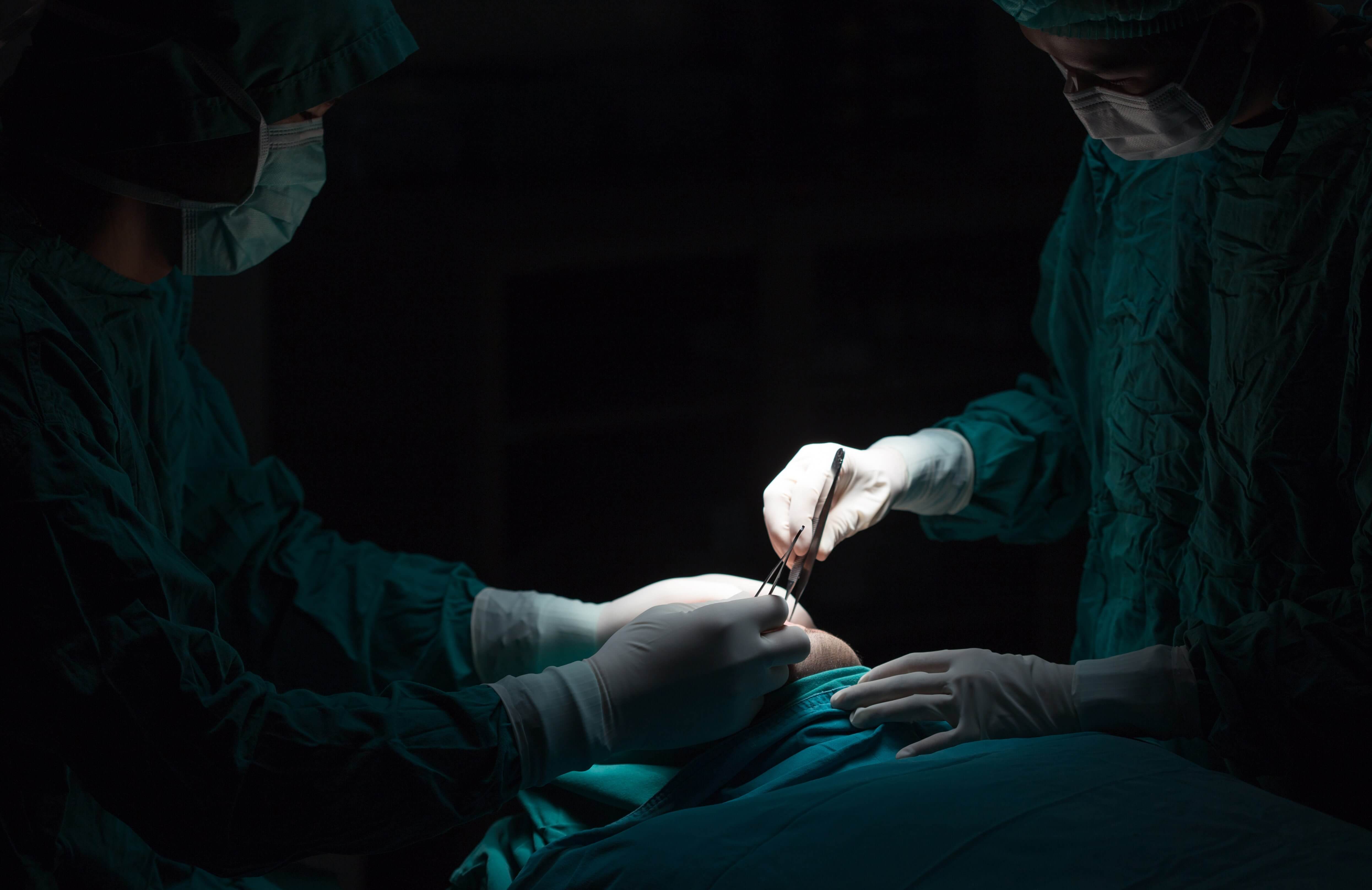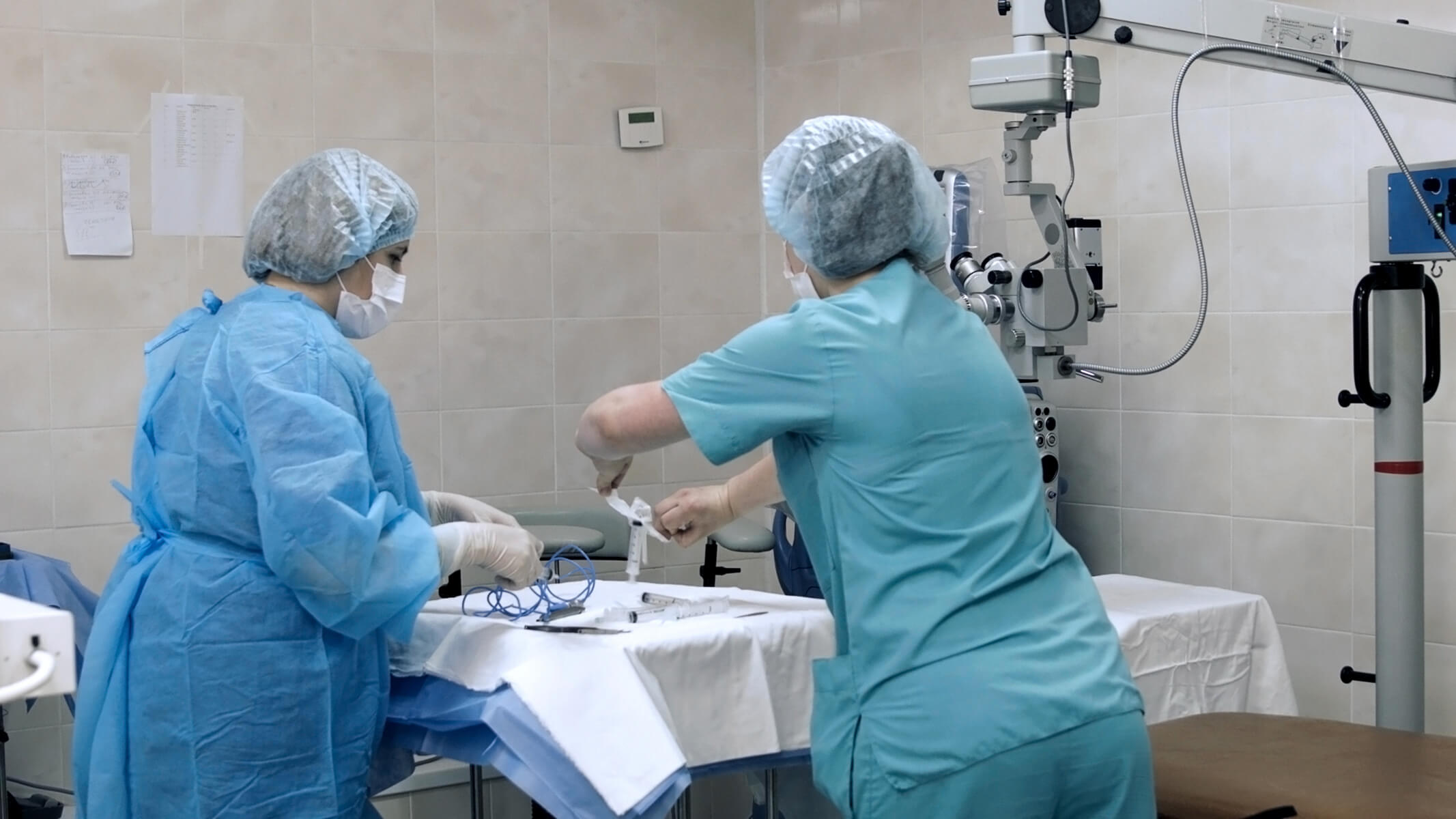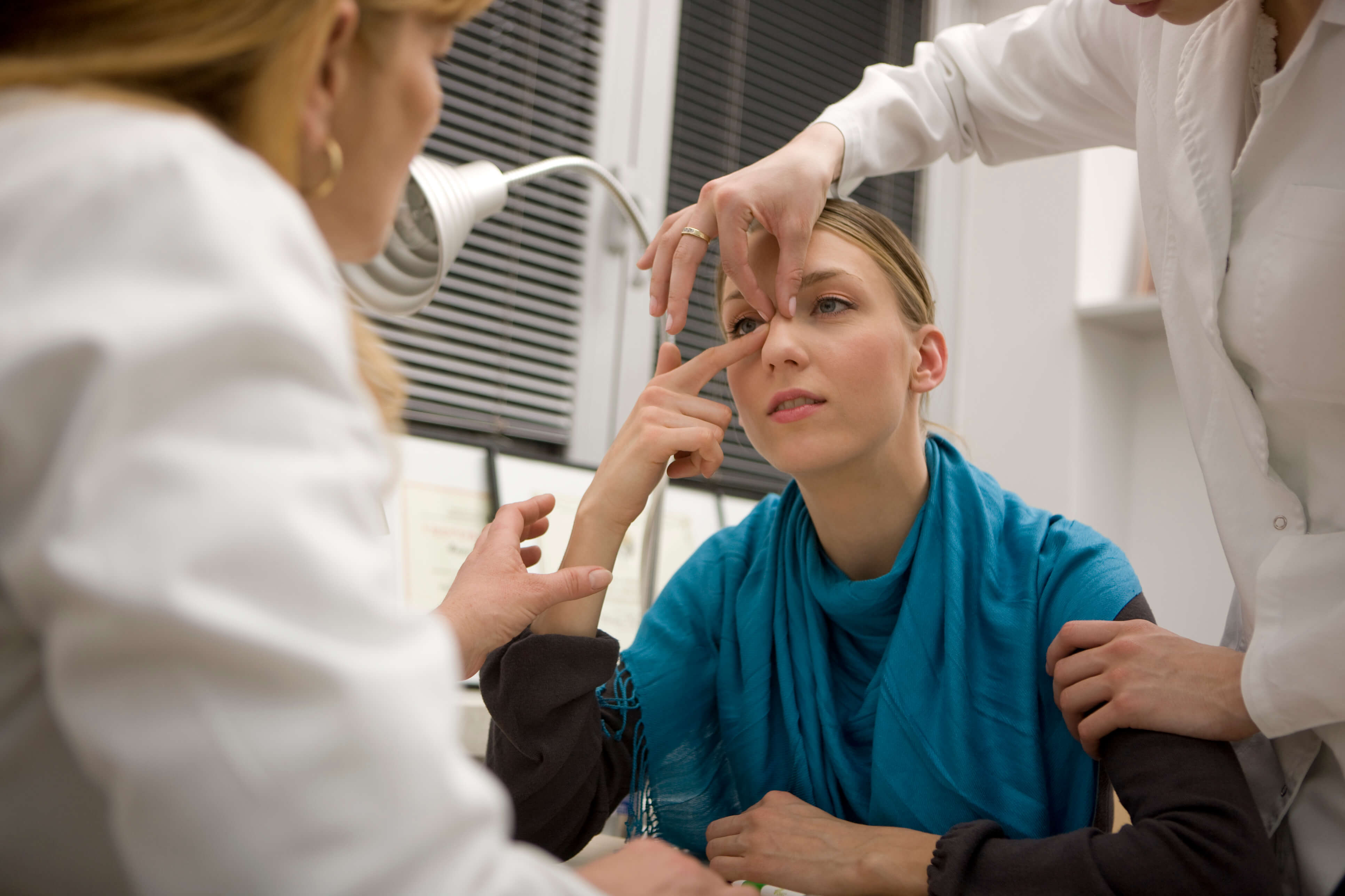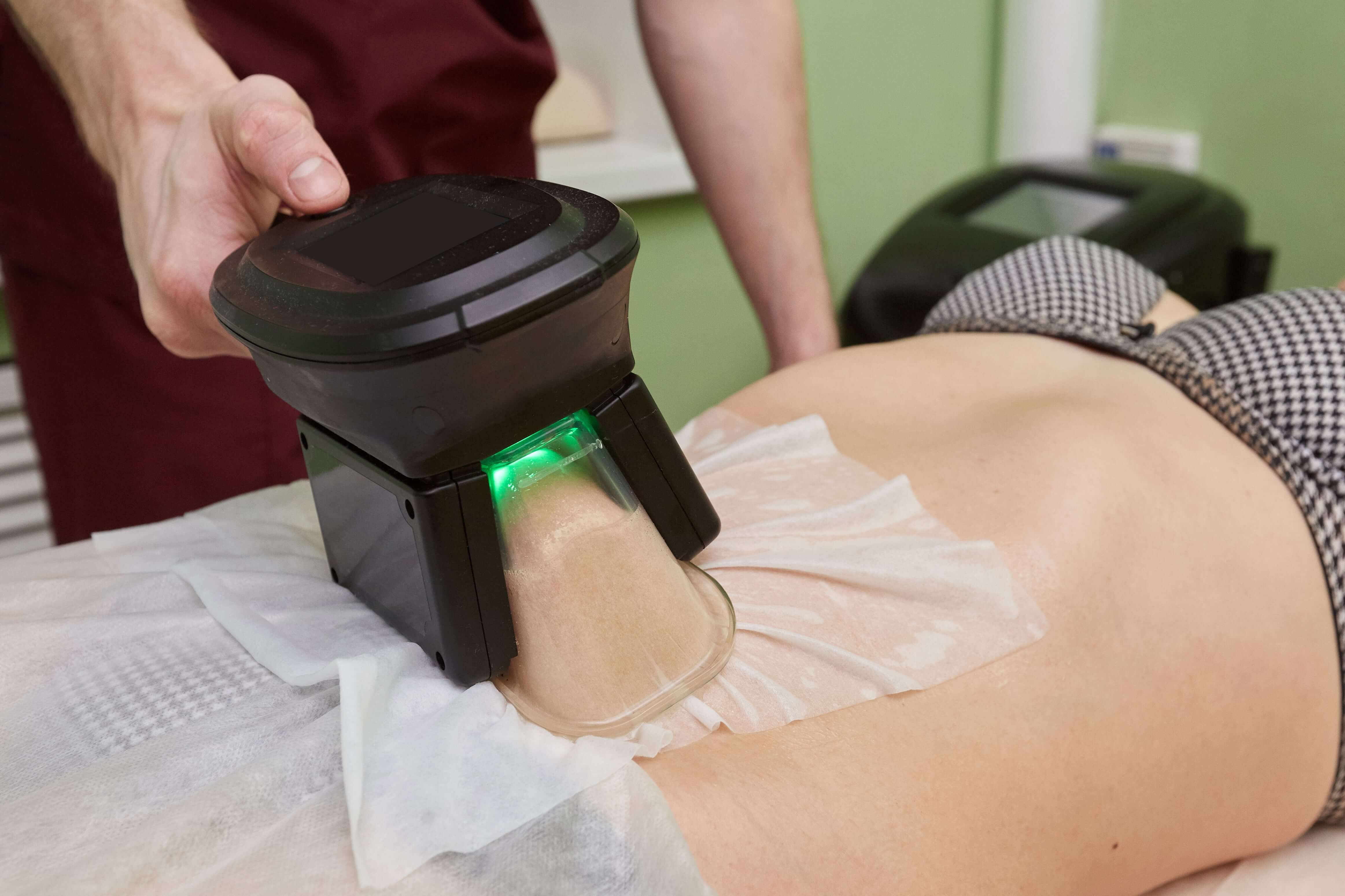“Ultimately for me, it’s a very small change—smoothes out my forehead lines—that makes a huge difference in my confidence,” says Maria Peterson, a full-time mom who also has a full-time profession outside the home. And Peterson isn’t the only one exploring the world of plastic surgery these days. From minor “tweakments” to major overhauls, the American Society of Plastic Surgeons reported that in 2016, there were 17.1 million procedures. Let that soak in: 17.1 million. So if you have had plastic surgery, you’re not alone. And if you are considering it, well, there is a big family waiting to embrace you.  Despite its popularity, plastic surgery doesn’t come free of risks. In fact, there are quite a few categories that need special attention when it comes to pursuing surgical repairs, enhancements, and cosmetic treatments.
Despite its popularity, plastic surgery doesn’t come free of risks. In fact, there are quite a few categories that need special attention when it comes to pursuing surgical repairs, enhancements, and cosmetic treatments.
The Person Behind the Knife
Perhaps it seems obvious, but in order to better ensure a successful outcome with surgery, it is essential to choose a qualified surgeon. But, for one reason or another, not everyone does.  Joshua Zuckerman, MD, of Zuckerman Plastic Surgery, tells HealthWay, “Unfortunately there are non-plastic surgeons performing surgical procedures that should only be performed by a board-certified plastic surgeon.” For many, seeing an “MD” behind a name is enough to assume qualification. But the medical field is vast, and you might not want someone trained in family practice to be the person behind the proverbial (and actual) knife.
Joshua Zuckerman, MD, of Zuckerman Plastic Surgery, tells HealthWay, “Unfortunately there are non-plastic surgeons performing surgical procedures that should only be performed by a board-certified plastic surgeon.” For many, seeing an “MD” behind a name is enough to assume qualification. But the medical field is vast, and you might not want someone trained in family practice to be the person behind the proverbial (and actual) knife.  Unqualified doctors have also taken to social media to procure patients, and unfortunately, many have become quite come popular. Most accounts using plastic surgery-related hashtags are not qualified and thus, a dangerous choice. Beware!
Unqualified doctors have also taken to social media to procure patients, and unfortunately, many have become quite come popular. Most accounts using plastic surgery-related hashtags are not qualified and thus, a dangerous choice. Beware!
Dimes and Dollars
No doubt, plastic surgery comes at a hefty price tag: anywhere from a couple hundred to thousands of dollars depending on the extent of the procedure. Since the majority of insurance companies do not (or do not fully) cover elective procedures, it makes sense that those seeking surgery would shop around a bit to find the best price.  It’s dangerous to skimp when it comes to plastic surgery, though. You have to ask yourself, “When I pay less, what am I getting less of?” People sometimes consider getting plastic surgery overseas due to significantly higher prices in the United States.
It’s dangerous to skimp when it comes to plastic surgery, though. You have to ask yourself, “When I pay less, what am I getting less of?” People sometimes consider getting plastic surgery overseas due to significantly higher prices in the United States.  Zuckerman feels this is one of the biggest dangers of plastic surgery: “There are serious complications and deaths regularly from routine surgeries performed in the Caribbean and South America in locations such as the Dominican Republic or Colombia,” he says. When it comes to surgery, choose a board-certified surgeon in the U.S. to greatly reduce risk.
Zuckerman feels this is one of the biggest dangers of plastic surgery: “There are serious complications and deaths regularly from routine surgeries performed in the Caribbean and South America in locations such as the Dominican Republic or Colombia,” he says. When it comes to surgery, choose a board-certified surgeon in the U.S. to greatly reduce risk.
Breaking Habits
During the summer of 2017, Alicia Goveia decided to have a breast augmentation. “It encouraged me to get into the best shape of my life prior to surgery and stop smoking! This was to ensure the best physical result and lessen any surgical risk,” she tells HealthyWay. “[My surgeon told me] smoking increases your risk by 800 percent.” And Goveia’s surgeon is absolutely correct.  When it comes to plastic surgery, smoking is a huge cause for concern. Smoking constricts blood vessels, which inhibits healing. It can also complicate anesthesia. Many plastic surgeons require complete cessation six weeks prior to surgery to avoid dangerous outcomes, as well as a timeframe after to ensure proper recovery.
When it comes to plastic surgery, smoking is a huge cause for concern. Smoking constricts blood vessels, which inhibits healing. It can also complicate anesthesia. Many plastic surgeons require complete cessation six weeks prior to surgery to avoid dangerous outcomes, as well as a timeframe after to ensure proper recovery.
Risk Assessment
It’s one thing to undergo surgery for an inflamed appendix or a worsening heart condition; it’s another to choose a surgical procedure that is considered elective. Franziska Huettner, MD, PhD, a board-certified plastic surgeon, highlights the following as some of the top dangers and risk of choosing plastic surgery:
- Bleeding (hematoma)
- Infection
- Asymmetry
- Wound healing complications
- Paralysis (nerve damage)
- Need for revision surgery
- Pain
- Scar formation
- Skin depigmentation
- Skin necrosis
- Anesthetic/perioperative complications like blood clot formation, heart attack, stroke, and in very rare cases, fatal complications
As with all medical procedures, from life-saving to elective, there is a risk/benefit analysis that every doctor and patient must draft and evaluate before proceeding. Complications are rare, but they do happen, and it’s important to fully understand that you could experience one of these temporary or long-term dangers.  In the spring of 2017, Aimee Wood had a breast reduction surgery. Since then, she has had six follow up procedures due to complications. Her complications have not only been painful, but they have also forced her to take additional time off work. Wood says she doesn’t regret her surgery, but given the opportunity to re-do everything, she would have chosen a different surgeon who listened more. Now, she is with a new team and hopefully on the mend for good.
In the spring of 2017, Aimee Wood had a breast reduction surgery. Since then, she has had six follow up procedures due to complications. Her complications have not only been painful, but they have also forced her to take additional time off work. Wood says she doesn’t regret her surgery, but given the opportunity to re-do everything, she would have chosen a different surgeon who listened more. Now, she is with a new team and hopefully on the mend for good.
A Somewhat Mysterious Outcome
Plastic surgery has come a long way, but it has not been perfected. Not everyone has the results they hope for. Although plastic surgeons are quite skilled in their expertise, they cannot guarantee a specific outcome. And, as Huettner shared, some surgeries lead to subsequent revisions.  The goal should be to partner with a surgeon and together, mesh your vision with their skill. Huettner tells HealthyWay that patients will often show her celebrity photos. She takes that “goal,” and using Vectra 3-D imaging, can show them on a computer screen what that particular face or body part will look like on them.
The goal should be to partner with a surgeon and together, mesh your vision with their skill. Huettner tells HealthyWay that patients will often show her celebrity photos. She takes that “goal,” and using Vectra 3-D imaging, can show them on a computer screen what that particular face or body part will look like on them.  “In most cases,” Huettner says, “the feature of the celebrity simply does not look right on the patient, so we collaborate, with the use of technology, [to find] what would look best on the patient’s unique anatomy.”
“In most cases,” Huettner says, “the feature of the celebrity simply does not look right on the patient, so we collaborate, with the use of technology, [to find] what would look best on the patient’s unique anatomy.”
Under the Skin
Plastic surgery offers a physical change, but there is so much more to it than that. Often, the desire for surgery is related to an underlying issue—anxiety, depression, low self-esteem, eating disorders, and, sometimes, addiction. “We cannot discuss plastic surgery without understanding the Euro-Western/mainstream cultural state of things for women (which both sexes perpetuate) wherein there exists much pressure for women to look eternally young,” says Natasha Sandy, a psychotherapist. “The biological reality of aging is being hidden, denied, and very aggressively combated, such as through plastic surgery.”  It’s a fine line in determining when plastic surgery is life-restoring versus life-taking. If a procedure is being used to mask an underlying emotional issue, it’s probably a good idea to delve into that before choosing surgery. “There is no greater joy for me than to help my female clients own their power, value, and worth for who they are, as they are,” says Sandy. “When this happens, women liberate themselves from the mental shackles of ‘beauty’ and shine as the true beautiful women they are, inside and out.”
It’s a fine line in determining when plastic surgery is life-restoring versus life-taking. If a procedure is being used to mask an underlying emotional issue, it’s probably a good idea to delve into that before choosing surgery. “There is no greater joy for me than to help my female clients own their power, value, and worth for who they are, as they are,” says Sandy. “When this happens, women liberate themselves from the mental shackles of ‘beauty’ and shine as the true beautiful women they are, inside and out.”
Perks that Cannot Be Forgotten
So much of plastic surgery is discussed in terms of vanity. But truly, who are we to judge why someone does or does not choose a procedure? In addition to botox and other enhancements, there are countless lifesaving procedures done every year. Huettner names a few just to give us all a glimpse of how deep and wide the world of plastic surgery is:
- reconstructive surgery after cancer resection, such as breast reconstruction after breast cancer surgery or facial and nasal reconstruction after skin cancer excision
- reconstructive plastic surgery for facial trauma after domestic violence, personal attacks, or accidents
- reconstruction after dog bite injuries
- reconstruction of congenital deformities like cleft lip and palate formation or cranial deformities in children
- body contouring surgery of the arms, legs, breast, abdomen, back and buttock after massive weight loss surgery
- reconstruction of scar formation/contracture after a burn injury
- significant improvement of neck and back pain through breast reduction plastic surgery
All of that IS plastic surgery. It is not only about reconstructing the body; it’s about restoring it, too. Katherine Kramer benefited from a breast reduction after her last child was born. “My [breasts] were so heavy. They were awful while breastfeeding. It was like lifting sacks of flour,” she says. Kramer suffered back pain and was often embarrassed. Although she had a difficult recovery, Kramer says, “I would never turn back. I have suggested [breast reduction] to many and still would.”  Wood agrees: “I didn’t do it because I didn’t love my body. I had surgery because I was having chronic pain at 28 years old and couldn’t imagine what it would be in 10 years, even.” Like Peterson mentioned, plastic surgery has the potential to boost self-confidence.
Wood agrees: “I didn’t do it because I didn’t love my body. I had surgery because I was having chronic pain at 28 years old and couldn’t imagine what it would be in 10 years, even.” Like Peterson mentioned, plastic surgery has the potential to boost self-confidence.  “[Botox] is something I do three times a year. It’s worth every penny to me,” she says. Both minor and major procedures can be life-restoring in the fact that they allow a person to feel more like themselves. Often, it can change people from the outside in. Over and over, we hear about the importance of self-care, and for some, self-care can be found through a cosmetic procedure.
“[Botox] is something I do three times a year. It’s worth every penny to me,” she says. Both minor and major procedures can be life-restoring in the fact that they allow a person to feel more like themselves. Often, it can change people from the outside in. Over and over, we hear about the importance of self-care, and for some, self-care can be found through a cosmetic procedure.
What’s coming next?
Plastic surgery is an ever-evolving field, and the future of plastics is exciting and innovative. Zuckerman believes that more and more procedures will become less invasive in the coming years, especially when it comes to fat removal and skin tightening, as well as longer-lasting injectable treatments for combatting aging and fat elimination. Low invasiveness is key because it most likely means a lower cost and shorter recovery time—something everyone can get excited about.  According to Zuckerman, “the use of 3D printing in craniofacial surgery to help with exact sizing for defect reconstruction (and for better complex preoperative surgical planning),” is on the horizon, too. No matter the next phase, it’s a wonderful luxury to have access to plastic surgery. If it’s something on your mind, be sure to fully evaluate the risks before proceeding, and, as all our experts emphasized, find a board-certified surgeon. Zuckerman recommends searching the American Society of Plastic Surgeons and choosing someone who has before and after photos that are appealing.
According to Zuckerman, “the use of 3D printing in craniofacial surgery to help with exact sizing for defect reconstruction (and for better complex preoperative surgical planning),” is on the horizon, too. No matter the next phase, it’s a wonderful luxury to have access to plastic surgery. If it’s something on your mind, be sure to fully evaluate the risks before proceeding, and, as all our experts emphasized, find a board-certified surgeon. Zuckerman recommends searching the American Society of Plastic Surgeons and choosing someone who has before and after photos that are appealing.


